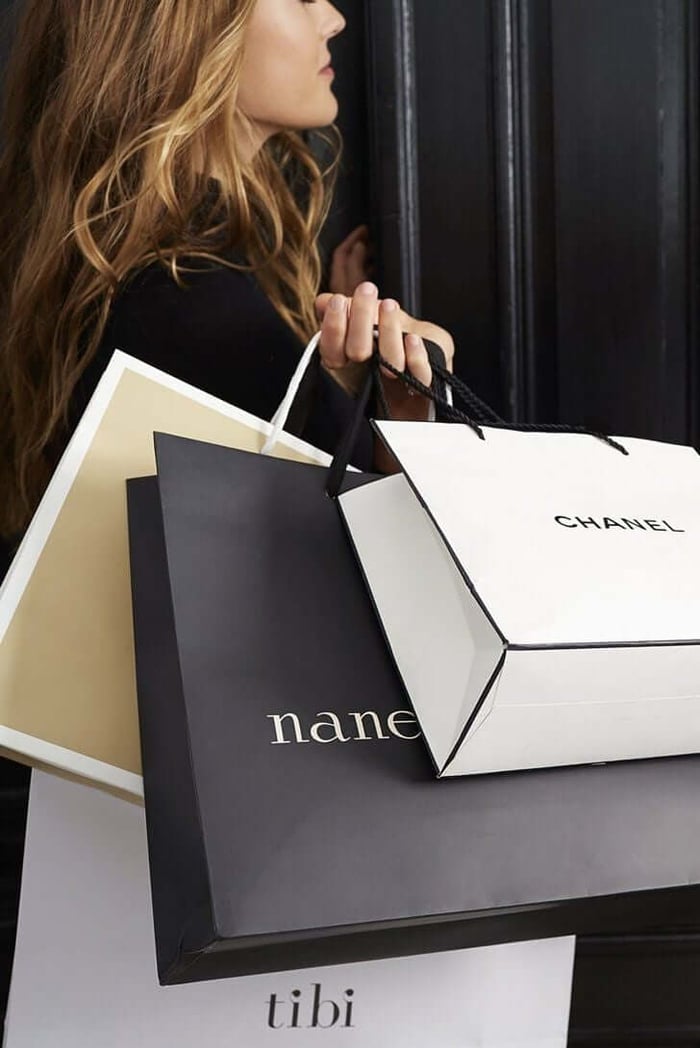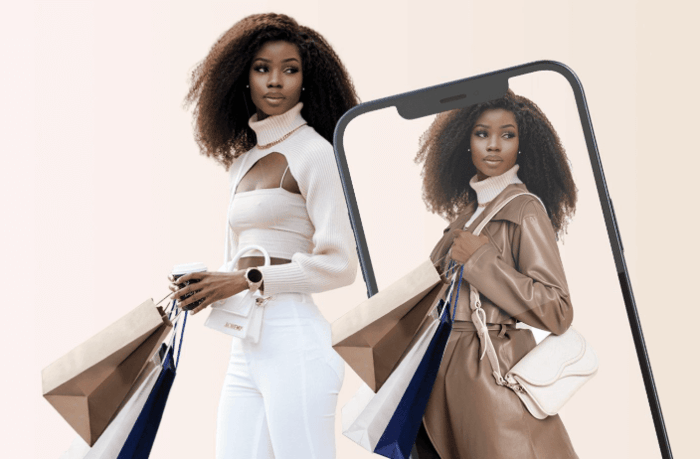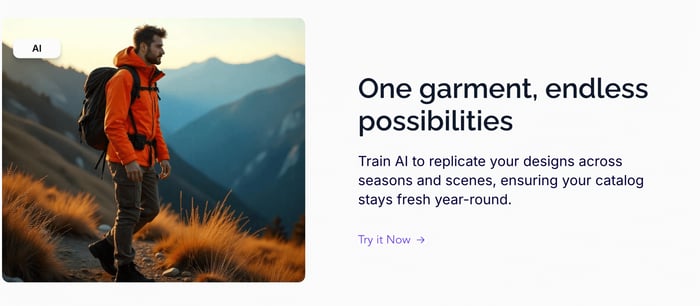AR Fashion App: The Future of Shopping with Augmented Reality Try-Ons and Styling
Table of Contents
Shopping has always been more than a transaction, it is a sensory experience, a moment of self-expression, and a form of entertainment. But in an increasingly digital world, the traditional fitting room and store browsing are being replaced. One of the most exciting innovations making this shift possible is the AR fashion app, which uses the power of augmented reality. These apps allow users to try on clothes, shoes, and accessories virtually, combining convenience with creativity in a way that transforms how we engage with fashion.
An AR fashion app uses a smartphone or tablet camera to superimpose digital garments onto a user’s real-time image. This allows shoppers to see how a piece might look and fit without physically trying it on. These apps offer a realistic and immersive experience that brings the digital and physical worlds closer than ever by leveraging advanced image recognition and 3D rendering.
Why AR Fashion Apps Are Changing the Game
Beyond just visualizing clothes, many AR fashion apps also include virtual styling features. Users can mix and match items, receive recommendations based on their body type or preferences, and even preview full outfits in motion. Some platforms go further by offering interactive tutorials, social sharing options, and links to buy directly from within the app. What once required a store visit or an elaborate photoshoot is now accessible with a simple tap on a screen.

This shift has major implications for both consumers and brands. For shoppers, it means greater confidence when buying online. Many people hesitate to order clothes they cannot try on, especially when it comes to sizing or visualizing how an item suits their body or style, an AR fashion app eliminates that uncertainty by letting users preview outfits on themselves, reducing returns and increasing satisfaction. For brands, these tools create richer customer engagement, gather valuable data on consumer behavior, and lower operational costs linked to samples, photography, and returns.
AR Fashion Apps and the Future of Personal Style
The rise of the AR fashion app has been accelerated by changes in shopping habits and expectations. As mobile usage increases and e-commerce becomes more dominant, customers demand more interactive and personalized experiences. Static images and size charts no longer suffice, people want to see how clothes move, how colors look on their skin tone, and how pieces pair together in a cohesive look and the AR fashion apps deliver on all these fronts.
Moreover, this technology contributes to a more sustainable fashion ecosystem. By reducing the need for physical samples and minimizing waste from returns, it supports more thoughtful production and consumption. Designers can experiment with digital samples before moving to production, and brands can test interest in specific items through virtual previews. This means fewer resources used and more accurate alignment with consumer demand.

Looking Ahead: The Expanding Role of AR in Fashion
Several companies have already made significant strides in the development of AR fashion apps. Major retailers and fashion houses have embraced the technology, launching apps that allow virtual try-ons for everything from sneakers and sunglasses to full outfits. These platforms often include features like real-time garment fitting, size guidance, and styling advice powered by data and user feedback. Smaller fashion brands and independent designers are also entering the space, using accessible tools to create engaging digital showrooms and interactive lookbooks.
For users, the appeal of an AR fashion app goes beyond function, it is also about fun and creativity, trying on different styles from the comfort of home, sharing virtual outfits with friends, or participating in online styling challenges adds a layer of entertainment that traditional shopping lacks. These apps transform the act of buying clothes into an experience, one that is social, dynamic, and constantly evolving.

The social aspect of AR fashion apps is particularly powerful. Some platforms allow users to share their virtual try-ons on social media, receive feedback, or even vote on others’ looks. Influencers and content creators use the technology to showcase outfits in unique ways, blending real and digital fashion in a seamless narrative. This opens up new opportunities for marketing, community building, and brand visibility.
Education is another area being transformed by AR: students and aspiring designers use these apps to visualize their creations, test materials, and simulate how garments would fit on different body types. This democratizes fashion design, offering tools that were once only available in professional studios. It also allows for greater experimentation without the cost or waste of physical samples.
Modelia, for example, is a platform that exemplifies the potential of AR in fashion. While it primarily focuses on realistic fashion visualizations, its integration of augmented features allows designers and brands to preview garments on lifelike models before any physical product is made. This approach enhances creative control and speeds up the design process, all while maintaining a high standard of visual quality. For consumers, it means more accurate representations of the garments they are considering, leading to better decisions and more satisfaction.
Check Modelia and try it out for free! As AR technology continues to evolve, the capabilities of an AR fashion app will only grow. Future developments may include voice-activated styling suggestions, integration with smart mirrors, or real-time adaptation based on user movement. Imagine walking past a store window and seeing yourself in the display wearing that season’s latest look, all powered by your phone’s camera and an AR app. These innovations will redefine retail spaces and bring fashion even closer to everyday life.
Conclusion
The integration of AR into fashion is not just a tech trend, it's a response to a changing world. Consumers want more control, more personalization, and more sustainability. An AR fashion app delivers all of these while adding excitement to the shopping journey. It turns the screen into a mirror, the user into a model, and the app into a personalized stylist.
In the end, the future of fashion will be shaped by the tools we use to interact with it. The AR fashion app is one of the most promising tools on that path. It bridges gaps, unlocks creativity, and brings a new layer of meaning to what we wear and how we discover it. As brands and shoppers continue to explore this digital frontier, augmented reality is poised to become not just a helpful feature but a fundamental part of how we experience style.

In this path, Modelia is at the forefront of digital fashion innovation, offering designers and brands the ability to visualize their collections on highly realistic virtual models without the need for physical samples. With its intuitive platform, Modelia blends creativity and efficiency allowing users to showcase garments in lifelike detail, experiment with styling, and produce professional visual content in just a few clicks. As AR fashion apps continue to evolve, Modelia stands out as a valuable ally for anyone looking to stay ahead in a fast-moving, visually driven industry.
How would you rate this article:
Related Articles
- How artificial intelligence is transforming the fashion industry
- AI Fashion trends forecasting for 2025
- AR Magic Mirror: How Augmented Reality is Transforming Fashion Retail and Shopping Experiences
- Proven Ways to Boost ROAS in Fashion Ecommerce
- AI Photo Enlargement: Enhance Image Quality with Artificial Intelligence Technology
- AI Person Generator: Generate Unique and Realistic People with AI
- Virtual Try-On Revolution: Experience Fashion, Makeup & More
- AI Moodboard Generator: Design Inspiration Made Easy
- How to Sell Fashion on Instagram: Tips for Building Your Fashion Brand
- AI Video Generator for Shopify
